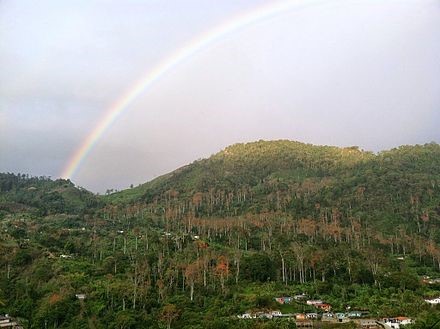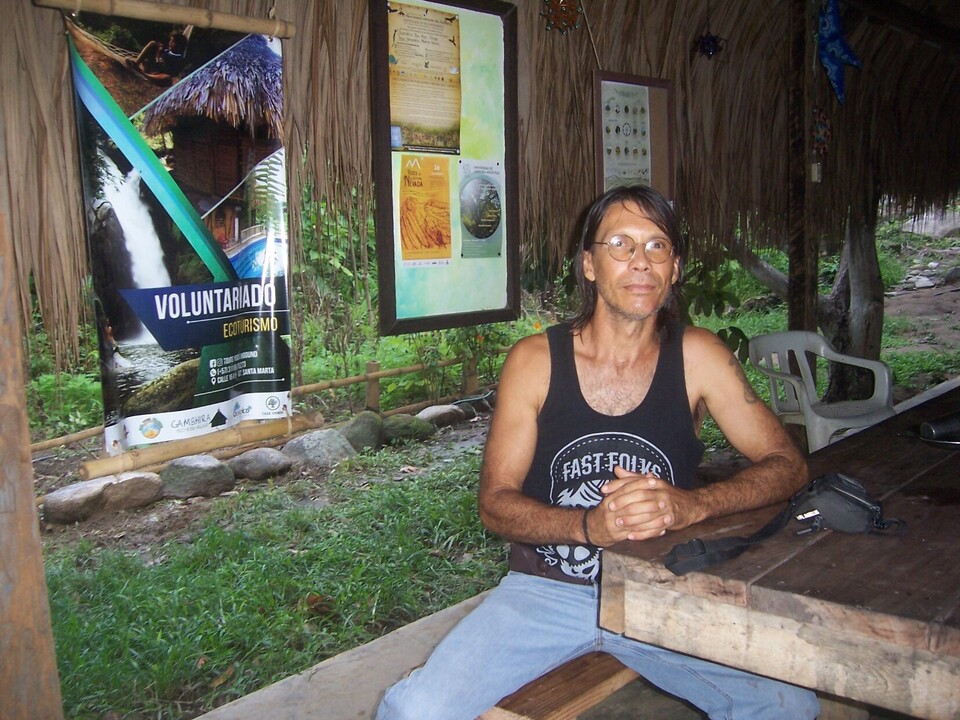14 de agosto 2020
Site description
In Venezuela the Andean Cordillera crosses the entire western part of the country, from the border with Colombia to the Caribbean Sea.
Ranging from sea level to five thousand meters, the mountains of this region are considered the most diverse of all Venezuela, offering an incredible variety of geographical features.
The village of Torondoy, located in the Andean region “Merida”, has ideal climate and soil conditions to support local agriculture and ecological farming.

The project
Unlike other production areas, many coffee farms in the Andes are small and managed by local families. Coffee farming has contributed to the local economy for many years. However, recent economic, social and environmental factors have decreased the income and life quality of coffee farmers. This has led to farm abandonment, land use change and deforestation, which add up to the existing social problems such as forced migration in search for better opportunities.
This project seeks to establish a pilot agroforestry farm as sustainable alternative to the decaying traditional family farming. Furtherly, it aims to create a training space that motivates local producers to diversify their production. By providing training and technical tools to adopt on their farms, the project will help them develop sustainable production models, add value to their farms and incorporate forest ecosystem services.
The project will address both production, training and tourism goals.
Agroecological production and training:
- Recover coffee farming by alternating organic coffee trees with banana trees and native forest species
- Develop organic horticulture for self-consumption
- Produce medicinal and aromatic plants
- Extract essential oils
- Grow native forest species to use in reforestation programs
- Develop wastewater treatment plants and biofilters
- Process coffee beans, bananas and dairy products to add value to the production.
Ecotourism
- Implement birdwatching activities in the local coffee farms
- Open nature trails to study the ecosystem dynamics in the ecological corridors created by the coffee farms
- Promote the study of ancestral knowledge and traditional crafts as a cultural attraction for conscious tourism.

How to design an Agroforestry System
First, study nature!
- Observe the environmental features of the study area. Connect and interact with the landscape and read its indicators.
- Understand which are the species that dominate the different successional stages, the space they occupy and the spatial arrangements of the local ecosystem. Plan an increase of biodiversity by introducing more species, and using species adapted to the place. The more diverse and complex the species range is, the more resilient the agroforestry system will be [2][3].
- Consider the diversity, structure and function of the original natural ecosystems to create a similar model.
Study all the rest
- Besides the original floral composition, understand the local needs, the socioeconomic conditions and the cultural values that the population gives to natural resources
- Understand the economic conditions and needs of the farm.
Apply the system following nature
- Use the dynamics of natural succession as a tool to guide agricultural production
- Create a heterogenous lot of diverse crops
- Establish patterns that reflect the natural processes of your local ecosystem.
Techniques and steps to implement an AFS
To increase local economic security and a better use of natural resources, the following agroforestry innovations and technologies can been applied on coffee-farms, pastures, cornfields and traditional family farms:
- Live border fences and shade trees on pastures
- Green fertilizer corridors and trees for the protection of water bodies
- On-farm integration of native species, intercropping (fruit trees and banana trees) and alley cropping (vegetables)
- Inclusion of medicinal and aromatic plants.
After the initial soil cleaning and conditioning treatments, leguminous plants that will later serve as green fertilizers must be sowed. The suitable species are Gliricidia sepium and Leucaena leucocephala. They can fix nitrogen and control weeds at the same time. The selected crop species are then sowed by direct seed sowing or transplanting. The regeneration of native species within the property must also be managed.
Thinning is extremely important. It energizes the system and helps speeding up the carbon cycle because it incorporates organic matter into the soil. The processes of natural succession must be accelerated through the rejuvenation and elimination of plants that have already fulfilled their function.
Preserving the local knowledge of the farmer and his traditional practices is also crucial. For example, conserving those practices marked by the lunar cycles and rain and drought periods. Such practices must be integrated with agroecological knowledge and applied in the farm [3][5].

Scope of the Project
This project seeks to restore those Venezuelan Andean ecosystems that have suffered from severe soil erosion, degradation, forest loss and landscape change because of bad farming practices and the expansion of the agricultural frontier. This Pilot Agroforestry Farm will contribute to mitigate the increase of greenhouse gases (GHG). Furthermore, it will strive to set up a new eco-village or farming community that will tackle the current economic crisis affecting Venezuela. It will fight to hinder the dependence of the local population to external resources and the migration of young people to other regions. This will be done by showing them economically and environmentally viable alternatives for local rural development.
To fundraise the project, click on the link below.
Bibliography
- Montagnini, F; Somarriba, E; Murgueitio, E; Fassola, H; Eibl, B.2015 sistemas agroforestales, funciones productivas, socio económicas y ambientales. Serie técnica. Informé técnico 402 Catie.Turrialba, Costa Rica. Editorial CIPAV, Cali, Colombia 454 p.
- Gotsch, Ernst.Homen E Natureza, Cultura Na Agricultura centro de desenvolvimiento Agroecológico, recife/Pe-Brasil, Janeiro.1995
- Joachim, Milz.Guia para el establecimiento de sistemas agroforestales.1998
- Frank, Tovar. Sistemas Agroforestales y seguridad alimentaria en Venezuela.2016
- Gold&Hannover,1987, nair,1989; byincton,1990; san miguel,1994; Gordan et al 1997, etc.
- Juan Ortiz Timoteo, Diseño de sistemas agroforestales con base en el manejo tradicional de la Milpa Y el Solar.2011




